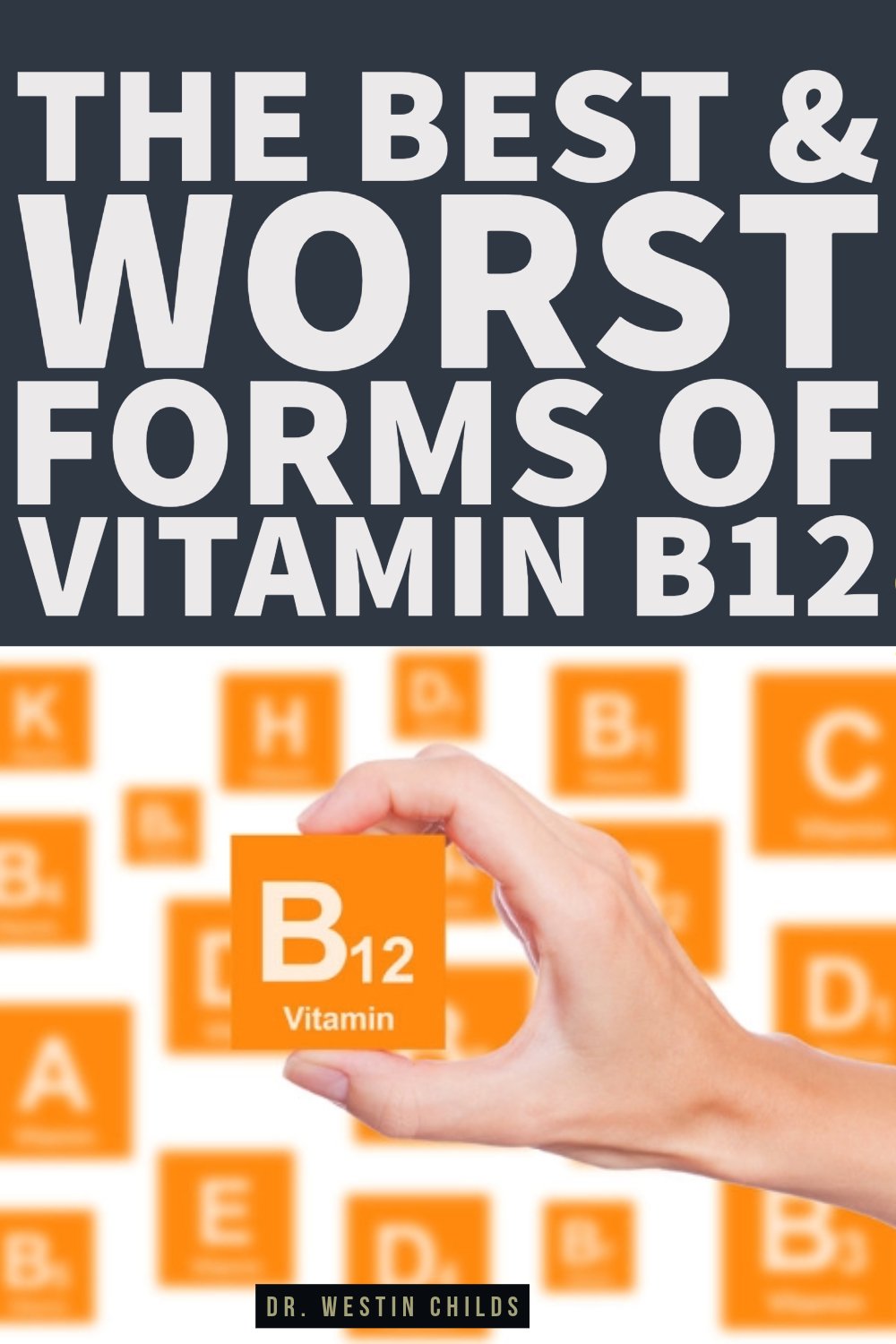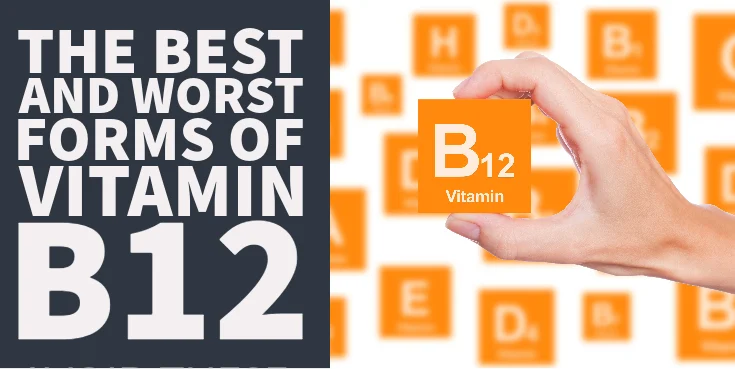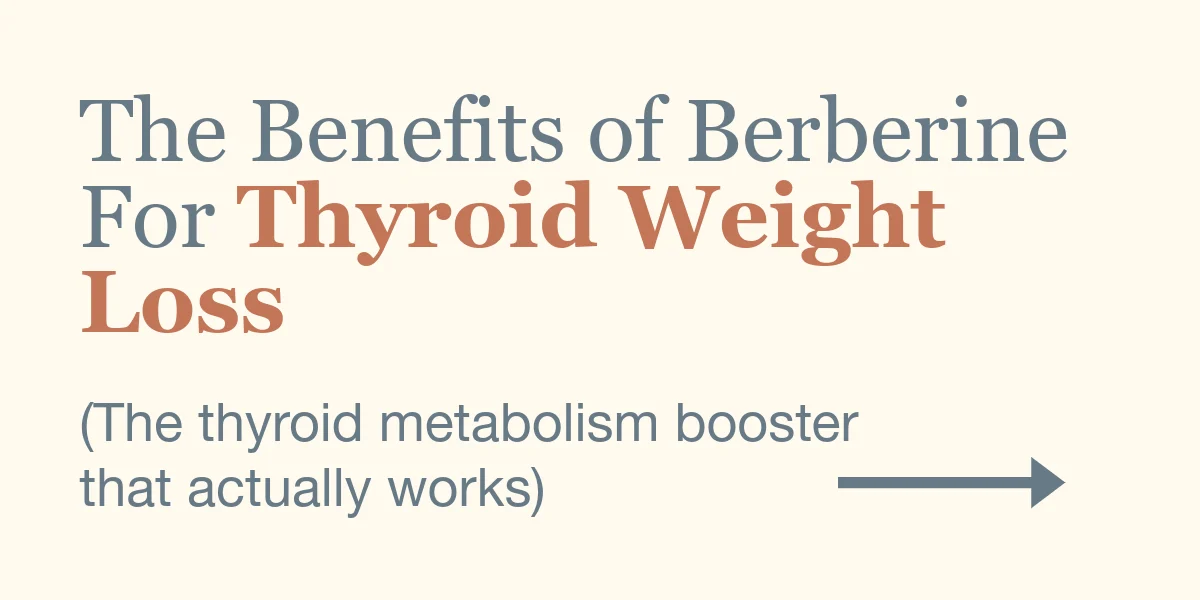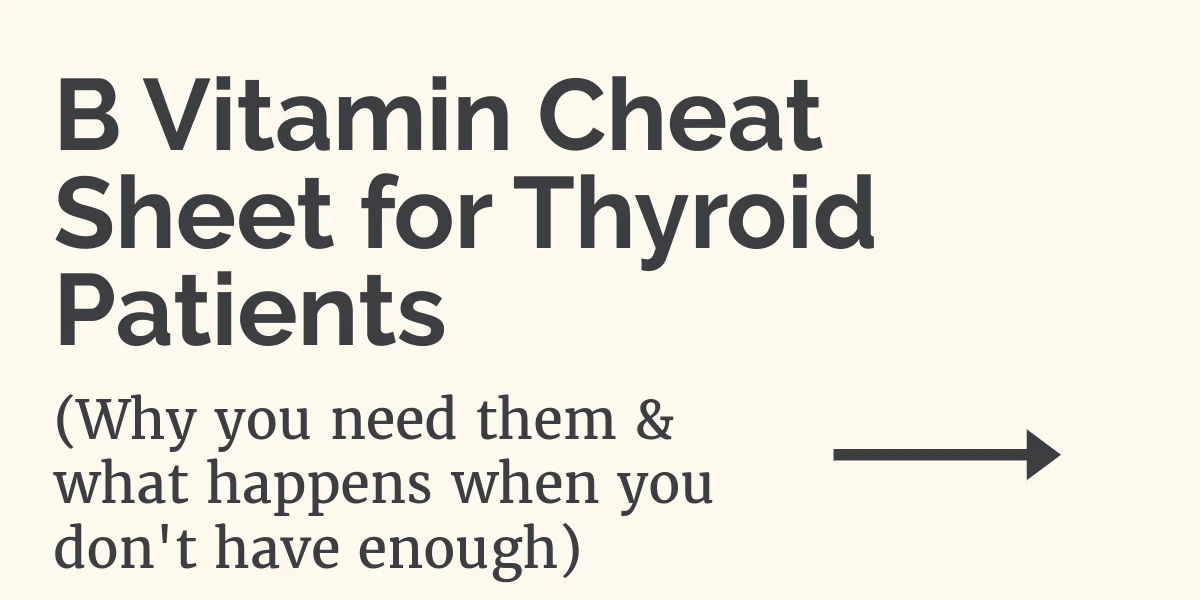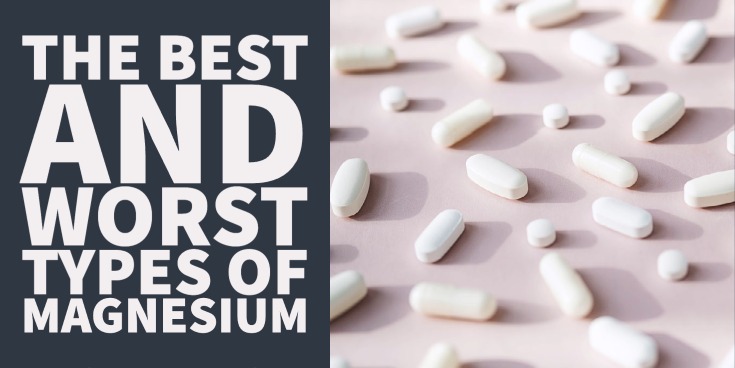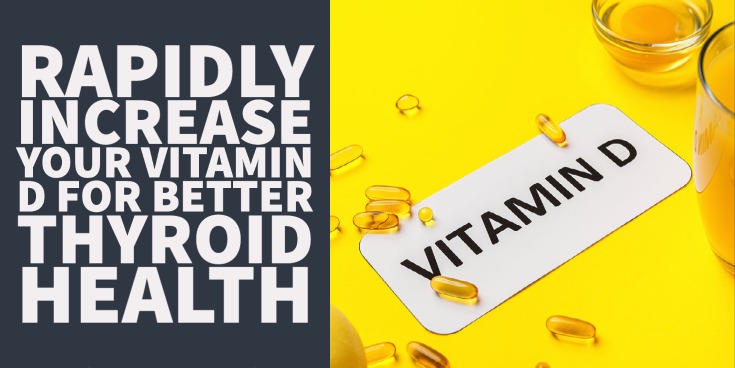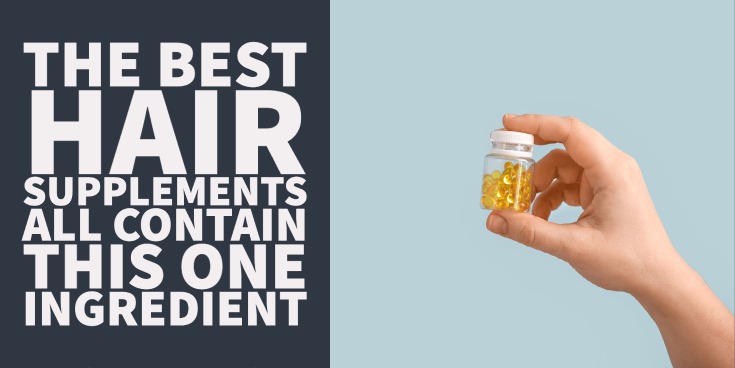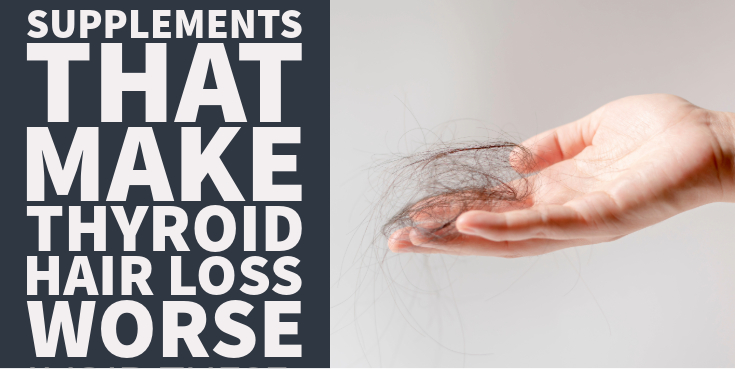Vitamin B12 is an incredibly important vitamin and it just so happens that many people aren’t getting enough of it.
Why is it important?
Because its active forms (which we will soon discuss) are needed to create DNA and to produce energy as ATP in your mitochondria.
When you don’t have enough B12 in your body, these two major systems will suffer and you will end up with symptoms like:
- Macrocytic anemia
- Fatigue or low-energy
- Mood changes like depression or anxiety
- Sleep disturbances like insomnia
- Cognitive & memory problems
- Difficulty with concentration
- Non-specific GI issues
- Nerve problems
- And more
Given the wide range of symptoms associated with a B12 deficiency, it can sometimes be hard to pinpoint this problem, especially when you consider the co-existence of functional folate deficiency which often goes hand in hand with b12 deficiency.
What may seem like a big problem, though, really isn’t and that’s because replacing low vitamin B12 is super easy, as long as you use the right form and the right route of administration.
So whether you are suffering from any of the symptoms I just mentioned, or you know you have a B12 problem that you are trying to address, or you just want to be proactive, understanding how to take B12 is important for just about everyone.
And when it comes to supplementation, as a consumer, you have some choices.
And which option you choose actually matters.
With this in mind, let’s discuss the best and worst forms of B12 that are available to you starting with the worst form first:
DOWNLOAD FREE RESOURCES
Foods to Avoid if you Have Thyroid Problems:
I’ve found that these 10 foods cause the most problems for thyroid patients. Learn which foods you should avoid if you have thyroid disease of any type.
The Complete List of Thyroid Lab tests:
The list includes optimal ranges, normal ranges, and the complete list of tests you need to diagnose and manage thyroid disease correctly!
#1. Cyanocobalamin
Cyanocobalamin is by far the most commonly used form of B12 primarily because it’s so cheap.
But, as you will soon find out, this is not the form I recommend for several reasons:
It’s synthetic
Whether something is synthetic or natural simply refers to its source.
In the case of cyanocobalamin, it’s considered synthetic because this form of B12 does not occur in nature.
This means that it’s man-made and created in a laboratory.
As a general rule, it’s always best to take forms of vitamins and hormones that are bio-identical and natural because these forms are more easily used by the body.
When it comes to natural vs synthetic b vitamins, we do have some limited evidence to suggest that natural forms of B vitamins provide slightly stronger effects than their synthetic analogs (1).
The problem with cyanocobalamin is not just that it’s created in a laboratory, but also that it requires an extra step before it can be used in the body.
This brings us to problem #2:
It requires activation to methylcobalamin before it can be used
This is the extra activation step that I just mentioned.
Your body can use cyanocobalamin, but in order to do so, it must be first broken apart in the liver.
This metabolism results in the creation of a cyanide compound that must be eliminated but isn’t a huge deal unless you are a smoker.
What may be a problem, though, is the next step:
After the liver breaks apart cyanocobalamin into cobalamin and cyanide, the cobalamin component must be methylated to methylcobalamin.
Most people believe that methylcobalamin is superior to cyanocobalamin because it does not require this extra step.
And because of the prevalence of genetic methylation defects, pre-methylated forms of B12 are thought to be superior.
But that isn’t quite true.
This is because methylcobalamin dissolves into cobalamin after its absorption and, it too, still requires methylation.
I know that may sound confusing but here it is again:
Cyanocobalamin and methylcobalamin both required methylation after their absorption so this activation step is not unique to cyanocobalamin.
But what’s interesting is that the methyl group already found on methylcobalamin still may provide other benefits that we don’t fully understand.
I say that because methylcobalamin seems to be better retained by the body compared to cyanocobalamin which is excreted at roughly 3x the rate of methylcobalamin (2).
And methylcobalamin supplementation also results in more storage in the liver compared to cyanocobalamin.
So even though most people may be wrong about WHY they recommend cyanocobalamin over methylcobalamin, it’s still the truth that methylcobalamin is probably best.
And this brings us to problem #3:
It comes attached to cyanide which must be removed from the body
Even though cyanide is definitely toxic to the human body, the amount of cyanide produced by the metabolism of cyanocobalamin isn’t enough to cause major problems.
The reason I think cyanide can be a problem is not because of its direct toxic action but because when the body eliminates it, it gets metabolized into thiocyanate.
And thiocyanate is known to be thyrotoxic by blocking the uptake of iodine into the thyroid gland (3).
For these reasons, it doesn’t really make sense to use cyanocobalamin because:
- It’s not a naturally occurring form of B12
- Extra steps are required for its activation and utilization by the body
- The breakdown of it results in thyrotoxic byproducts
Having said all of this, there is one redeeming quality of cyanocobalamin and that has to do with its stability.
The more active forms of B12 quickly turn into hydroxycobalamin when exposed to UVA light (4) and this doesn’t happen with cyanocobalamin.
This means that the more active versions are still better but only if strict manufacturing practices are taken into account in order to block UVA light.
This brings us to option number 2 which is…
#2. Adenosylcobalamin
Both adenosylcobalamin and methylcobalamin are considered the active coenzyme forms of B12.
Both of these forms are found in different locations and are important for different reactions.
In the case of adenosylcobalamin, this form of B12 is stored in the mitochondria where it is used to create succinyl COA in the TCA cycle.
That’s a lot of mumbo-jumbo so let me simplify:
Adenosylcobalamin is primarily used to help create ATP inside of your cells and because your cells run on ATP as a source of energy, it’s obviously critical to just about every cellular function.
Knowing this, some people believe that adenosylcobalamin is the best source of B12 because it comes pre-activated and because of the importance of ATP production for just about everything in the body.
But this isn’t exactly true because, just like cyanocobalamin and methylcobalamin, adenosylcobalamin still gets broken down to cobalamin after absorption.
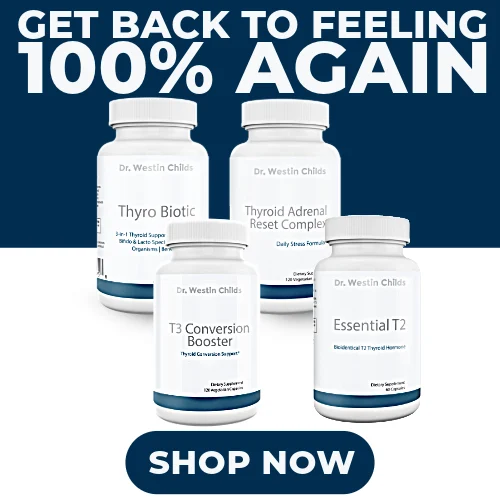
From there, the body turns cobalamin into adenosylcobalamin AGAIN inside of the mitochondria using adenosyl which is derived from ATP (not from what was ingested).
Taking adenosylcobalamin doesn’t mean that the B12 that you are taking gets shuttled into the mitochondria to improve symptoms like fatigue and weight gain from B12 deficiency.
It’s still a better form compared to cyanocobalamin but isn’t automatically superior to methylcobalamin.
#3. Methylcobalamin
We’ve already discussed methylcobalamin quite a bit but here’s some important information that you should know:
Unlike adenosylcobalamin which is located in the mitochondria, methylcobalamin is located in the cytoplasm.
One of its main functions is to help turn homocysteine into methionine.
Methionine then proceeds to the formation of s-adenosylmethionine which is a universal methyl donor for over 100 different substrates including DNA, RNA, and other proteins.
When methylcobalamin levels are low it causes 2 big problems:
- A functional folate deficiency because the body can’t recycle THF
- And an increase in homocysteine levels
The idea is that if you have an elevated homocysteine level taking methylcobalamin will fix the problem.
But, again, it’s not that simple and there’s no evidence to suggest that methylcobalamin is better than adenosylcobalamin at helping to reduce homocysteine.
Methylcobalamin is still a much better form compared to cyanocobalamin, but it’s not automatically better than adenosylcobalamin.
#4. Hydroxycobalamin
Hydroxycobalamin is a natural and abundant form of B12 but it is considered an intermediate form of B12 and not an active form like methylcobalamin or adenosylcobalamin.
The advantage of hydroxycobalamin is threefold:
- It’s considered a more stable form of B12 compared to other forms.
- It helps eliminate cyanide.
- It’s the preferred form of B12 for rare genetic disorders such as inborn errors of metabolism (6).
Overall, it’s a superior form to cyanocobalamin, but probably not better than the other active B12 forms unless it’s used in special circumstances.
Putting It All Together
Since that was a lot of information, let’s recap with some takeaways:
- All forms of vitamin B12 are absorbed at roughly the same rate.
- Even though they are absorbed at the same rate, they differ in their bioavailability and usability by the body in favor of the naturally occurring compounds: methylcobalamin, adenostyl cobalamin, and hydroxycobalamin.
- Regardless of what type or form you take, it still must be methylated once it enters the body, even if it comes pre-methylated. The methyl groups found on adenosylcobalamin and methylcobalamin do not make this process occur faster.
- Whether or not a type of B12 works well for you has more to do with your own personal genetics, which impact enzyme activity, B12 binding in the blood, and B12 metabolism (7).
Because of all of these things, here’s what I think is best:
If you are going to take a B12 supplement, use a triple combination of hydroxycobalamin, adenosylcobalamin, and methylcobalamin.
In my opinion, there’s just no reason to use cyanocobalamin at all given its potential problems and limited benefit.
This shotgun approach of taking the other 3 means that no matter what type of genetic problems or B12 polymorphisms you have (8), you can ensure that you are getting the B12 that your body needs.
You might accidentally get lucky taking one form or another, but there’s no good way to determine which form works best for your body.
In a perfect world, you’d be able to test your genetics and figure out which form is best for your body, but that’s not feasible for the average person.
For this reason, taking all 3 is best.
It can be hard to find a supplement with all three, which is why I created this one.
If you don’t want to use that one, make sure to find one with similar dosages/forms.
B12 Dosing: How Much Should You Take?
When it comes to dosing, I would recommend using doses of B12 between 1mg and 3mg which is between 1,000 mcg and 3,000 mcg.
An ideal dose would be something like 1,000 mcg of methylcobalamin, 1,000 mcg of adenosylcobalamin, and 1,000 mcg of hydroxycobalamin.
Yes, this is a huge dose but it provides several advantages:
- It bypasses the need for intrinsic factor which is where the majority of absorption problems occur (9).
- Upregulates the enzymes involved in b12 metabolism which are often impaired due to genetic polymorphisms.
So no matter what type of genetic problems or gut issues you have, you can brute force the absorption and utilization of B12 using this strategy.
B12 Route of Administration
The next thing you need to figure out is how to best take it and here you have 4 options:
- In a capsule
- Sublingually (under the tongue)
- Nasal (or in the nose)
- Or as an injection (intramuscular injection)
For most people, the sublingual route is the preferred option because it bypasses the intestinal tract where most people experience absorption-related issues (10), and because it’s almost equally as effective as injections but a whole lot easier to take.
Most people would rather put something under their tongue, even if it doesn’t taste very good than get a shot once a week.
The next best option would be injections followed by capsules.
Injections are ideal for people with severe symptoms of B12 deficiency or for those who don’t see improvement with sublingual or oral doses.
Capsules can be used as well but you’ll need to compensate with very high doses in order to account for absorption issues that can occur in the intestinal tract.
If you aren’t sure if you should be taking a vitamin b12 supplement then I’d recommend checking out this article next.
Now I want to hear from you:
Are you currently taking vitamin B12 right now?
If so, are you taking the right forms and at the right doses?
Are you taking a capsule or are you taking it sublingually?
Are you planning on making any changes to what or how you are taking it?
Let me know below in the comments section!
Scientific References
#1. pubmed.ncbi.nlm.nih.gov/32189314/
#2. translationalres.com/article/0022-2143(73)90235-7/fulltext
#3. sciencedirect.com/topics/biochemistry-genetics-and-molecular-biology/thiocyanate#
#4. pubmed.ncbi.nlm.nih.gov/23558034/
#5. ncbi.nlm.nih.gov/books/NBK554408/
#6. onlinelibrary.wiley.com/doi/10.1002/mnfr.201500019
#7. ncbi.nlm.nih.gov/pmc/articles/PMC5801754/
#8. ncbi.nlm.nih.gov/pmc/articles/PMC5312744/
#9. ncbi.nlm.nih.gov/books/NBK441923/
#10. pubmed.ncbi.nlm.nih.gov/30632091/
